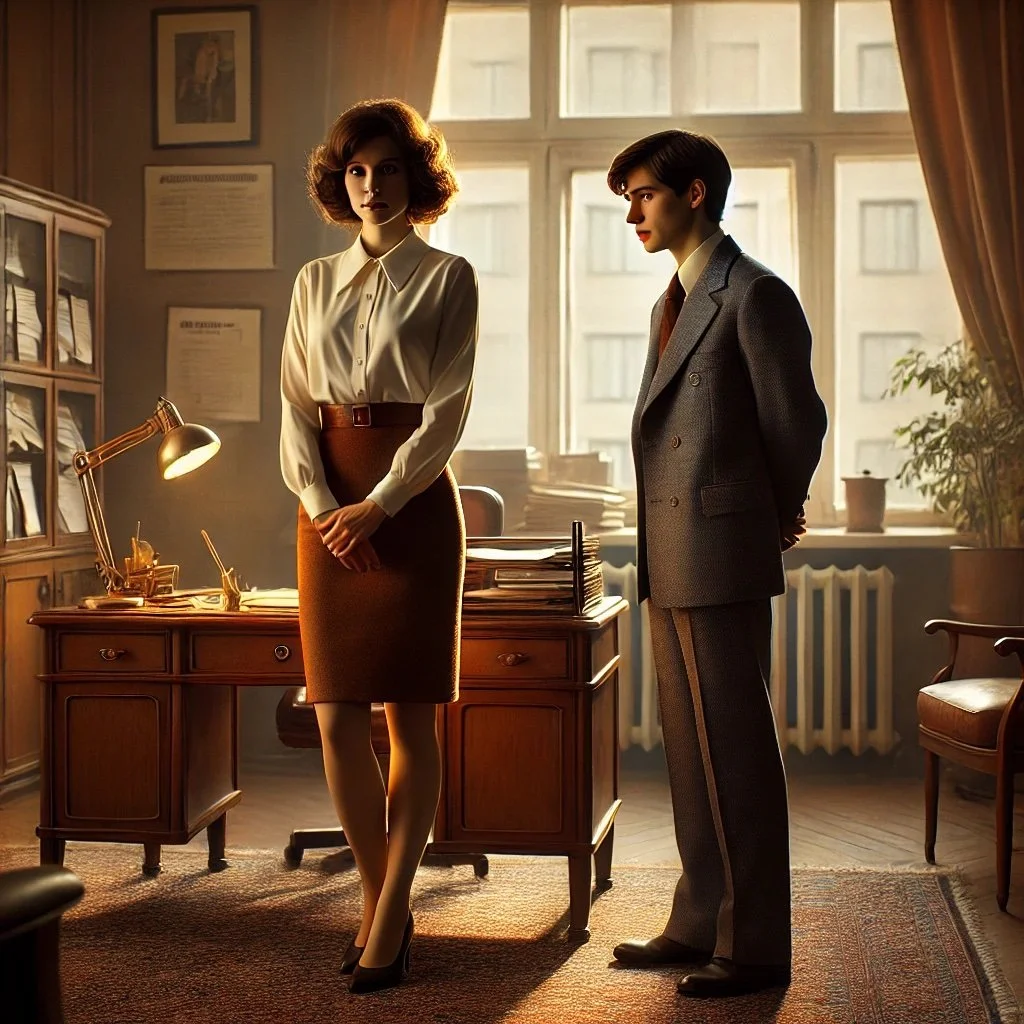The Rise of Russian Cinema: From Soviet Films to Modern Blockbusters
Russian cinema has a long and fascinating history, evolving from Soviet propaganda films to critically acclaimed arthouse masterpieces and modern blockbusters. Over the decades, Russian filmmakers have crafted some of the most thought-provoking, visually stunning, and emotionally powerful movies in world cinema. From the poetic works of Andrei Tarkovsky to the action-packed modern thrillers of recent years, Russian films continue to captivate audiences globally.
Cinema has played a crucial role in Russian society for over a century. Unlike Hollywood, which prioritizes commercial entertainment, Russian filmmakers have often used cinema as a means of exploring deep philosophical questions, political struggles, and the complexities of the human condition. This tradition has made Russian films unique in their ability to blend artistic expression with historical reflection. Many of the country’s greatest directors have created works that not only entertain but also challenge the audience to think critically about society, history, and the nature of existence itself.
One of the key reasons Russian cinema stands out is its strong visual storytelling. Influenced by Russian literature, theater, and avant-garde art, directors often use striking cinematography and unconventional narratives to immerse viewers in their stories. From the stark realism of Soviet-era war films to the dreamlike, surreal imagery of Tarkovsky’s works, Russian filmmakers have continuously pushed the boundaries of what cinema can achieve.
Additionally, Russian cinema has evolved through significant historical periods, reflecting the cultural and political shifts of the nation. During the early Soviet years, films were a powerful propaganda tool, used to promote Communist ideals. Later, under Stalin, cinema was heavily controlled but still produced some epic historical dramas. The Khrushchev Thaw allowed for greater artistic freedom, leading to internationally acclaimed films that focused on human emotions and social issues. The late Soviet period saw the rise of deeply philosophical and existential films, while the post-Soviet era has embraced both blockbuster spectacles and intimate, character-driven dramas.
In this article, we will explore the evolution of Russian cinema from its Soviet origins to its current presence on the global stage. Whether you are a film enthusiast, a student of Russian culture, or someone interested in exploring international cinema, this guide will introduce you to the most significant eras of Russian filmmaking and its key figures. By understanding the past and present of Russian cinema, we can appreciate the artistry and cultural significance that have made it a respected force in the world of filmmaking.
The Birth of Soviet Cinema: A Tool for Revolution
The Russian film industry took off after the 1917 Revolution, when the new Soviet government recognized cinema as a powerful tool for education and propaganda. Vladimir Lenin famously called film "the most important of the arts" for the Soviet state. This era saw the rise of influential directors who pioneered revolutionary film techniques.
Notable Films and Directors:
Sergei Eisenstein – Known as the father of Soviet montage, Eisenstein revolutionized editing techniques in films such as:
Battleship Potemkin (1925) – Famous for its iconic "Odessa Steps" sequence, influencing filmmakers worldwide.
Alexander Nevsky (1938) – A patriotic epic with a powerful score by Sergei Prokofiev.
Dziga Vertov – A documentary innovator who created Man with a Movie Camera (1929), a groundbreaking experimental film showcasing urban Soviet life through fast-paced editing.
Soviet Cinema in the 1960s: Popular Films of the Era
The 1960s was a golden era for Soviet cinema, producing films that were both artistically innovative and deeply moving. Many of these films gained international recognition and remain beloved classics in Russia today.
Notable Films:
Moscow Does Not Believe in Tears (1979) – Though released in the late 70s, this heartfelt drama about three women navigating life in Moscow became one of the most beloved Soviet films, even winning the Academy Award for Best Foreign Language Film in 1981.
The Diamond Arm (1969) – A hilarious Soviet crime comedy starring the legendary actor Yuri Nikulin.
The White Sun of the Desert (1970) – A cult classic blending action, adventure, and comedy in a unique Soviet-era "eastern".
Beware of the Car (1966) – A clever satire about a car thief who only steals from corrupt individuals.
The Genius of Eldar Ryazanov: Soviet Comedy and Satire
One of the most beloved directors in Soviet cinema was Eldar Ryazanov, known for his masterful blend of humor, social critique, and heartfelt storytelling. His films remain essential holiday traditions in Russia and are watched by millions every year.
Ryazanov’s Masterpieces:
The Irony of Fate, or Enjoy Your Bath! (1975) – A classic New Year's Eve film about mistaken identity, love, and the uniformity of Soviet apartment blocks.
Office Romance (1977) – A charming romantic comedy set in a Soviet office environment.
Garage (1979) – A sharp and witty satire about bureaucracy and corruption in Soviet cooperative societies.
Station for Two (1982) – A bittersweet love story set in a provincial train station.
Russian Cinema in the 1990s: Post-Soviet Transformation
After the collapse of the Soviet Union, Russian cinema went through a period of financial crisis and creative transformation. Independent filmmakers emerged, exploring themes of economic hardship, social decay, and identity.
Notable Films:
Brat (Brother) (1997) – A gritty crime drama about a young man navigating post-Soviet Russia.
Prisoner of the Mountains (1996) – A war drama based on Tolstoy’s story about Russian soldiers captured in Chechnya.
The Thief (1997) – A drama about a mother and son’s troubled relationship with a charismatic but dangerous man.
Russian Cinema After 2000: Modern Blockbusters and Global Recognition
With improved funding and government support, Russian cinema rebounded in the 2000s, producing a mix of blockbuster action films and critically acclaimed dramas.
Notable Films:
Night Watch (2004) & Day Watch (2006) – Timur Bekmambetov’s stylish fantasy thrillers that gained cult status worldwide.
The Return (2003) – Andrey Zvyagintsev’s haunting debut film that won the Golden Lion at the Venice Film Festival.
Leviathan (2014) – A critically acclaimed social drama that won Best Screenplay at Cannes.
Sputnik (2020) – A sci-fi horror film showcasing Russia’s growing genre filmmaking.
Russian Cinema in the San Francisco Bay Area
For film lovers in Berkeley, San Francisco, and Oakland, Russian cinema is accessible through local film festivals, retrospectives, and university screenings. Events such as the San Francisco International Film Festival and Berkeley Art Museum & Pacific Film Archive (BAMPFA) screenings frequently feature Russian films.
Why Learning Russian Enhances Your Appreciation of Russian Films
Understanding Russian allows you to fully grasp the nuances, wordplay, and cultural context of the dialogue. At Polyglottist Language Academy, our Russian language courses help students connect with Russian culture, history, and cinema on a deeper level.
Explore More About Russian Language and Culture
The Real Russia Behind The Fiction: How Accurate Are The Novels?
How To Toast Like A Russian: The Art Of Drinking Vodka Properly
How To Start Reading Russian Literature Without Getting Overwhelmed
Ready to explore Russian cinema and language? Join us at Polyglottist Language Academy and start your journey today!

